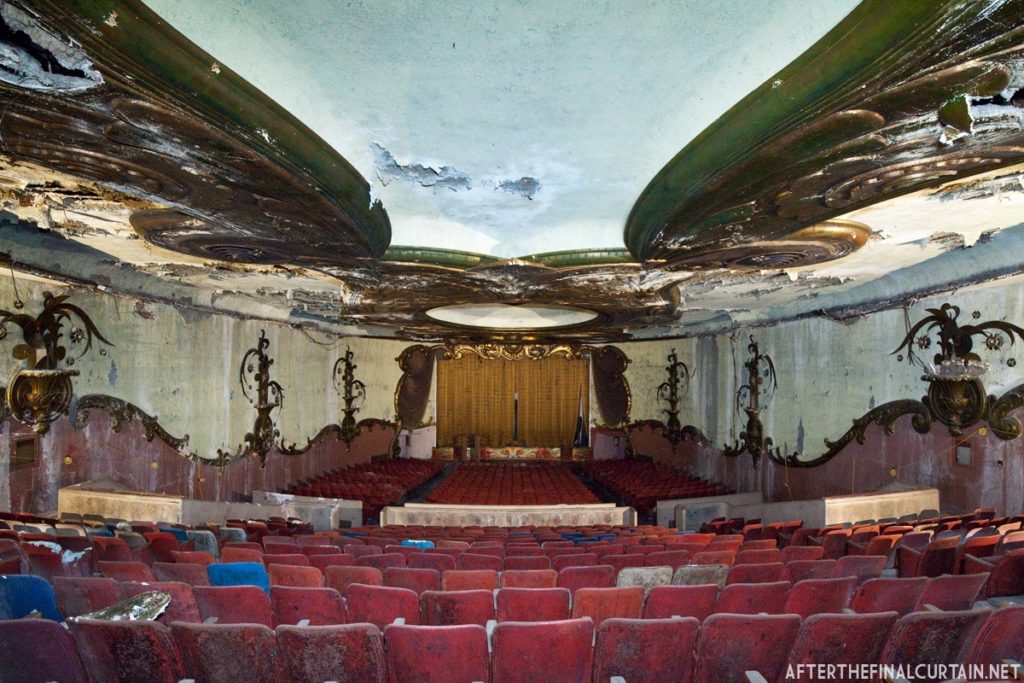Fox Inglewood Theatre

The height of the era of “movie palace” construction in the first half of the 20th Century represents an unparalleled resource of historic structures that once gone, can never by recreated. Besides the cost to do so, the artistic resources needed to create something on the scale of these structures puts them beyond the reach of modern development. We feel it is in the best interests of the City and its residents to maintain this historic structure in its original form and use, as a showcase for the arts. Should this use not be possible at this time, the building should be retained and restored for future generations to enjoy, but converted in such a way so that it could revert to its original intended use at such time in the future as it becomes feasible to do so.
When opened in 1949 The Fox Inglewood Theatre, at 1,166 seats, was one of the largest theatres built in South L.A. Designed by noted theatre architect S. Charles Lee and Carl G. Moeller, it was one of a number of theatres occupying the downtown area of Inglewood. Now it is one of the last remaining of those classic structures still standing. The theatre entertained a number of generations of City residents before welcoming its last movie patron in 1984. In addition, the City of Inglewood currently contains no first run movie theatres for the entertainment of its residents and visitors. With the participation and guidance of the Los Angeles Historic Theatre Foundation the Fox Inglewood was added to the National Register of Historic Places.
As the City looks to the future and the coming changes about to be brought on by the completion of Metro’s LAX-Crenshaw line, the Rams / Chargers football stadium and the vision for the areas surrounding the stadium, and the continued expansion of Silicon Beach to the areas adjacent to and north of LAX, it would be short sighted to lose an existing resource such as the Fox Theatre. Real estate consultant Donovan Rypkema observes that, “today historic preservation is the common denominator in virtually every sustained success story in downtown revitalization.” There are numerous examples around the country where the preservation of a historic theatre, as part of a larger development, has brought wholesale changes to the area surrounding. One need only look as far as downtown Los Angeles and the Theatre at Ace / United Artists to see how this holistic vision can pay benefits far beyond the structure in question.
While a number of the significant developments currently underway with the City focus clearly on “the Visitor” the Fox represents a clear opportunity to enrich the lives of the residents. The City should work with the current owner to incorporate and restore the theatre in a way to form an anchor project for the community at large which can add a sense of pride in the City’s past, while also providing a use for the future. A usable space, such as the Fox, can act as a catalyst for the continued revitalization to the Downtown area by attracting patrons and providing customers to surrounding business that might stay longer than the typical “drive in / drive out” visitors of some of the other new developments in the area.



